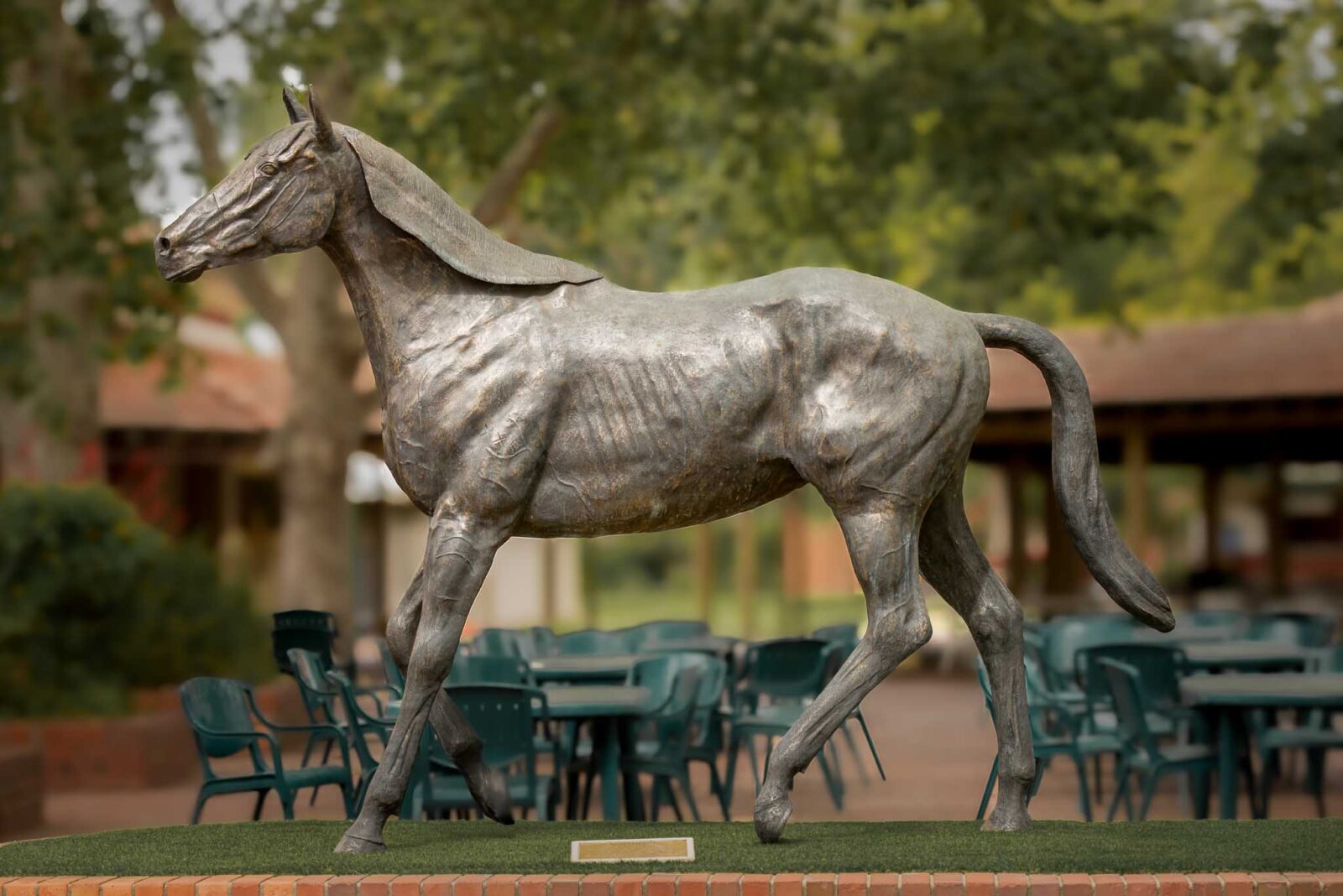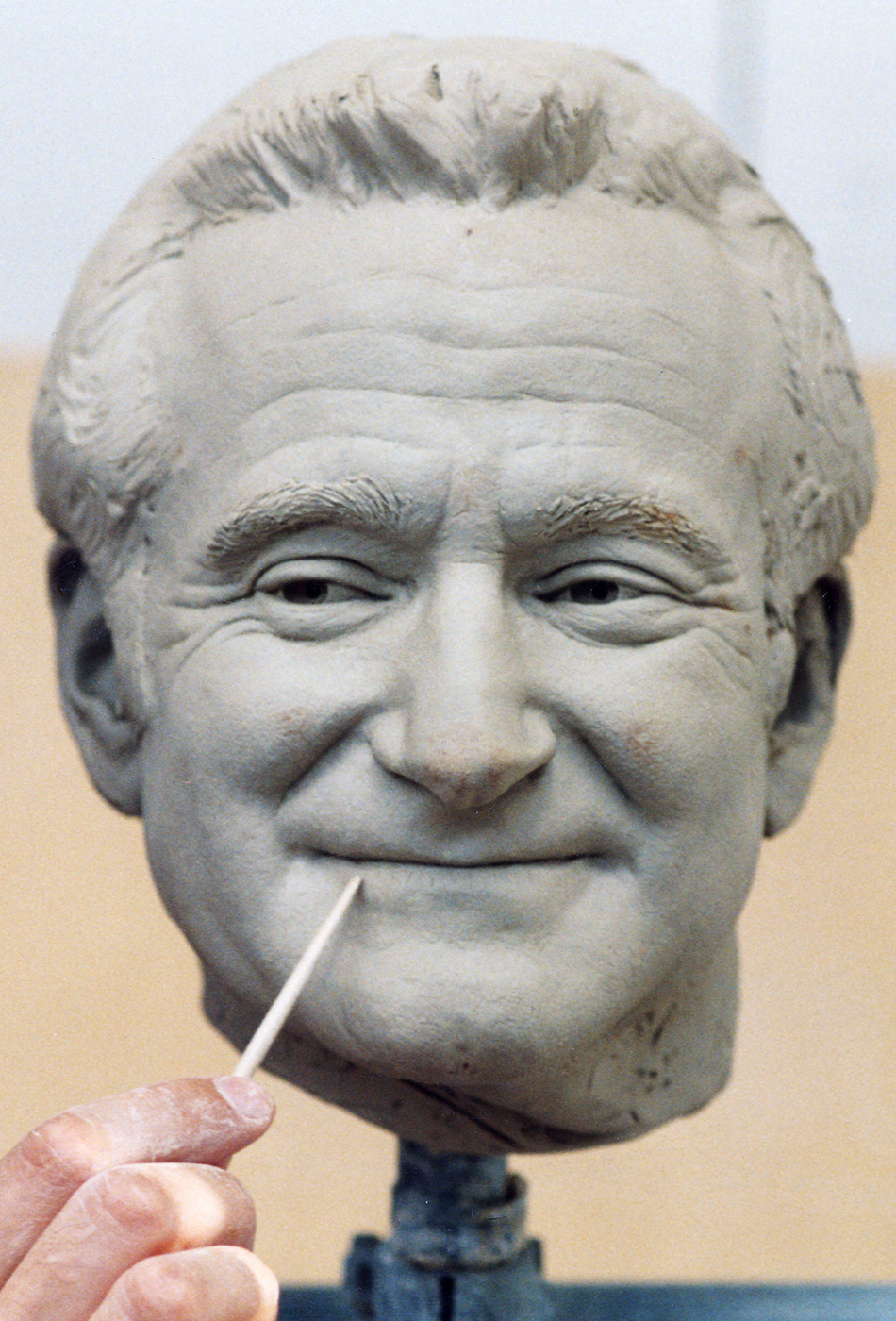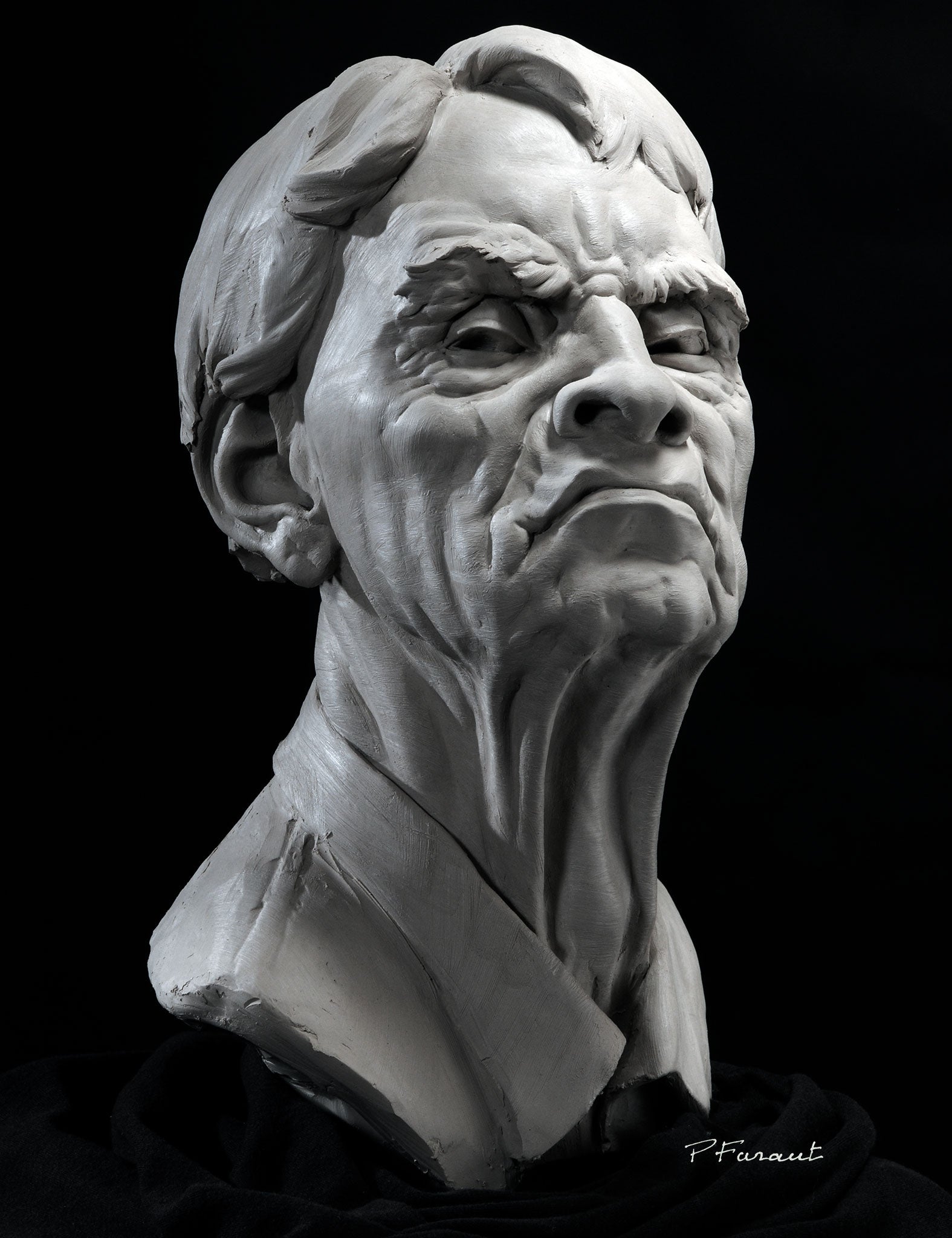The Evolution of Sculptures: From Ancient to Modern
The Evolution of Sculptures: From Ancient to Modern. Robert C Hitchcock Sculptor.
Sculpture, among the oldest forms of art, has been an indispensable component of human world for centuries. From the ancient people of Egypt and Greece to the modern-day era, sculptures have evolved, mirroring changes in creative strategies, products, and cultural impacts. This trip through time traces the advancement of sculptures, discovering the changes stylishly, subject matter, and creative expression.
Beginning with the old globe, sculptures crafted from rock and later bronze captured the essence of deities, leaders, and daily life. The Renaissance duration experienced a rebirth of classical sculpting techniques, as artists looked for to imitate the stylish types of old Greek and Roman sculptures (Contemporary Sculptures). In the contemporary era, musicians challenged traditional borders, embracing abstraction and experimentation with brand-new materials
This expedition will delve into the diverse evolution of sculptures, exposing the rich tapestry of creative expression throughout different durations and societies.

Old Sculptures: From Rock to Bronze
Ancient sculptures transitioned from being sculpted out of rock to being cast in bronze. Rock sculptures, while remarkable in their very own right, were restricted by the nature of the product. Contemporary Sculptures.
The intro of bronze as a tool for sculptures caused a change in artistic expression. Bronze offered sculptors the chance to produce detailed and lifelike types that were not possible with stone. The process of casting bronze permitted the production of numerous duplicates of a sculpture, making it possible for wider distribution and preservation of these creative masterpieces.
The transition from stone to bronze also saw a shift in the topic of sculptures. While stone sculptures mainly illustrated gods, sirens, and mythological figures, bronze sculptures began to reflect a wider series of subjects, consisting of day-to-day individuals and animals. This expansion of subject matter showcased the convenience and adaptability of the bronze medium.
Renaissance Rebirth: Forming in the Timeless Style
The Renaissance resurgence of sculpture experienced a rebirth in the classic style, building upon the advancements made throughout the transition from rock to bronze in ancient sculptures. During this duration, musicians sought to recreate the classical visual and suitables of charm that prevailed in old Greek and Roman sculptures.
Among the key characteristics of the Renaissance revival was the focus on naturalism and the human type. Sculptors like Donatello and Michelangelo strove to record the physiological details and expressions of their topics with unmatched precision. They studied the body and included their monitorings right into their sculptures, resulting in realistic and practical depictions.
One more important facet of the Renaissance resurgence was the expedition of viewpoint and depth. Artists used methods such as contrapposto, where the weight of the body is changed away, creating a feeling of movement and dynamism. They likewise trying out different products, including marble and bronze, to accomplish a degree of elegance and details in their sculptures.

Modernism and the Avant-Garde: Breaking Traditional Borders
During the Innovation and Avant-Garde activities, artists pushed the boundaries of typical artistic conventions. This duration, which emerged in the late 19th and early 20th centuries, saw a dramatic shift in the means musicians came close to sculpture. Declining the notion of art as simple replica, modernist sculptors looked for to explore brand-new forms, materials, and ideas.
Among the vital features of modernist sculpture was the emphasis on abstraction. Carvers relocated far from reasonable representations and rather concentrated on recording the significance of the subject through simplified types and geometric shapes. This departure from standard depiction allowed musicians to share their emotions and concepts in an extra subjective and personal way.

Contemporary Sculptures: Checking Out New Materials and Concepts
With a concentrate on checking out brand-new products and concepts, modern sculptures have reinvented the area of art. Artists today are pressing the borders of typical sculpture by exploring and using ingenious products with abstract principles. These sculptures test traditional concepts of type, definition, and materiality, inviting viewers to participate in a provocative and brand-new imaginative experience.
Contemporary artists are accepting a wide variety of materials, including plastic, glass, metal, and also natural matter. They are not limited to the traditional tool of stone or clay, enabling better civil liberty and testing. This shift towards non-traditional materials has actually opened new opportunities for musicians to develop sculptures that are dynamic, interactive, and visually striking.
In look at here enhancement to discovering brand-new materials, contemporary sculptures also explore complex and abstract principles. Musicians are now exploring styles such as identity, social problems, and the atmosphere, using sculpture as a powerful tool for social commentary and self-questioning. These sculptures test customers to think critically and engage with art on a much deeper level, triggering conversations and prompting emotional reactions.
Global Influences: Sculptural Traditions From All Over The World
Sculptural traditions from different regions of the world have actually considerably formed the development of sculptures throughout history. The worldwide influences on sculpture have actually varied and have actually added to the richness and range of artistic expressions. From the old civilizations of Egypt, Greece, and Rome to the complex carvings of Oriental cultures, each area has actually developed its distinct sculptural practices that have affected musicians throughout time.
In old Egypt, sculptures were created mainly for religious and funerary objectives. The legendary sculptures of pharaohs and gods, such as the Great Sphinx and the breast of Queen Nefertiti, showcase the Egyptians' proficiency of stone carving and their belief in the afterlife.

In ancient Rome, sculpture served both imaginative and political functions. Roman sculptures typically illustrated emperors, generals, and mythical figures, showing the power and majesty of the empire. The marble statue of Augustus of Prima Porta and the significant Arc of Constantine are noteworthy instances of Roman sculptural achievements.
Asian sculptural customs, especially in India, China, and Japan, have additionally had an extensive influence on the development of sculptures. Indian sculptures, such as the elaborately sculpted holy places of Khajuraho and the enormous statuaries of Buddha, show an abundant fusion of religious, mythological, and architectural elements. Chinese sculptures, defined by their fine craftsmanship and interest to information, usually portray divine beings, animals, and epic numbers. Japanese sculptures, affected by Buddhism, highlight simpleness and harmony, seen in the calm statues of Buddha and the elegant art of bonsai.
The international influences on sculpture continue to develop in the modern age. Artists today draw ideas from different sculptural customs, incorporating new materials, strategies, and principles to produce provocative and cutting-edge art work. The combination of different social influences has triggered a varied and dynamic sculptural landscape, reflecting the interconnectedness of our international society. As we seek to the future, it is specific that the global impacts on sculpture will remain to shape and redefine this old art kind.
Final Thought
In conclusion, the development of sculptures has actually seen a shift from ancient rock and bronze functions to the classical resurgence throughout the Renaissance. Today, contemporary sculptures explore brand-new products and concepts, while likewise attracting ideas from global sculptural customs.
From the old worlds of Egypt and Greece to the contemporary period, sculptures have actually developed, showing adjustments in artistic methods, materials, and social impacts.Starting with the ancient globe, sculptures crafted from rock and later on bronze recorded the essence of deities, rulers, and day-to-day life.Ancient sculptures transitioned from being sculpted out of rock to being cast in bronze. While stone sculptures primarily illustrated gods, sirens, and mythological figures, bronze sculptures began to show a more comprehensive array of topics, consisting of daily people and pets.In verdict, the evolution of sculptures has seen a change from old rock and bronze functions to the timeless rebirth throughout the Renaissance.